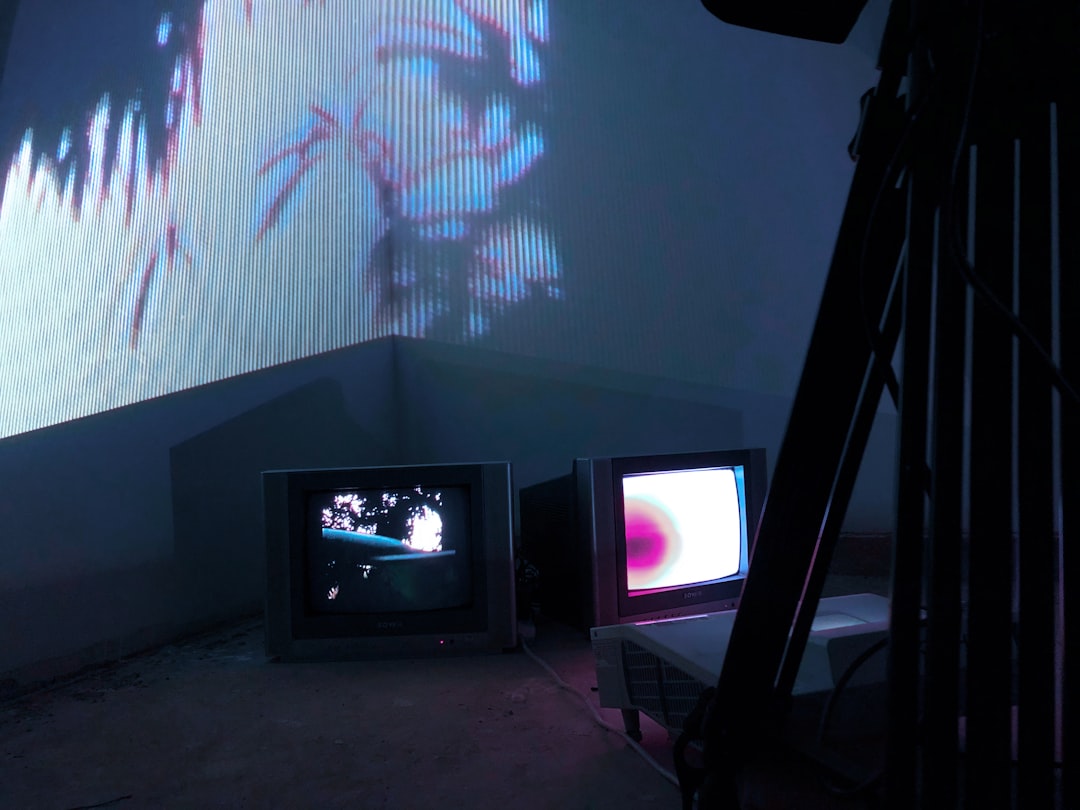National News
Beyond the Narrative: A Data-Driven Analysis of Nvidia's Structural Market Position
The Western Staff

An Analytical Framework for Assessing Nvidia's Market Position
In the current market environment, the public conversation surrounding Nvidia Corporation has become a crucible of competing, and often emotional, narratives. On one side, a story of unprecedented growth, technological revolution, and a seemingly unstoppable ascent to a multi-trillion-dollar valuation. On the other, a persistent counter-narrative of an overvalued bubble, imminent competitive disruption, and smart money quietly heading for the exits. This analysis will set aside the sensationalism and rhetoric that dominate these discussions. Its purpose is to provide a dispassionate, evidence-based examination of the structural factors, quantitative data, and strategic realities that define Nvidia’s current and medium-term market position.
The Ecosystem as a Gravitational Center: Quantifying the CUDA Moat
A frequent oversimplification in the discourse is to view Nvidia's dominance as a function of superior hardware alone. While its GPUs are undeniably performant, this view misses the most critical and defensible component of its market leadership: the CUDA (Compute Unified Device Architecture) ecosystem. This is not merely a feature; it is a deeply embedded economic and technological moat, the scale of which is often understated.
Statistical analysis reveals the depth of this entrenchment. As of early 2024, the CUDA ecosystem comprises over four million registered developers. The number of CUDA-accelerated applications across science, engineering, and artificial intelligence now numbers in the thousands. This platform represents nearly two decades of consistent investment and refinement, creating a powerful network effect. The cost for a major AI lab or enterprise to switch from Nvidia is not simply the capital expenditure for new hardware from a competitor like AMD or Google. The true cost lies in the immense operational expense of retraining entire developer teams, rewriting millions of lines of optimized code, and abandoning a mature ecosystem of libraries, tools, and community support. A 2023 report from technology analysis firm TechInsights estimated that for every dollar spent on Nvidia hardware, large enterprises invest an additional three to five dollars in software development, training, and integration related to the CUDA platform. This 3:1 to 5:1 investment ratio illustrates that the hardware is merely the entry point to a much larger, stickier economic commitment.
Deconstructing Client Diversification Narratives
The report that a premier client like OpenAI is exploring Google's TPUs for certain workloads has been framed as a direct threat to Nvidia's indispensability. However, a quantitative view of hyperscale operations suggests this is more accurately categorized as rational workload diversification rather than a wholesale client defection.
Hyperscale companies like Microsoft, Google, Amazon, and Meta operate at a scale where single-vendor sourcing represents a material risk. Standard operating procedure involves a multi-vendor strategy to ensure supply chain resilience and to optimize cost-performance for highly specific tasks. Google’s TPUs, for instance, are highly optimized for inference workloads running on Google’s own deep-learning frameworks. It is therefore logical for a major customer utilizing Google's cloud infrastructure to leverage TPUs for those specific, narrow tasks where they are most efficient.
However, market data indicates this does not represent a systemic shift away from Nvidia for the broader, more complex, and more lucrative market of AI model training. A Q1 2024 analysis by Omdia, a market research firm, estimates Nvidia’s share of the data center AI accelerator training market remains above 90%. While specialized hardware may chip away at niche segments of the inference market, which is more commoditized, the flexibility, maturity, and performance of the CUDA platform for a vast range of training models remains the industry standard. The narrative of defection misinterprets a tactical optimization as a strategic abandonment.
Interpreting Capital Flows: Institutional Consensus vs. Anecdotal Evidence
The highlighting of billionaire Philippe Laffont’s sale of 1.4 million Nvidia shares by publications like The Motley Fool is a classic example of the anecdotal evidence fallacy. Using a single investor’s action to forecast a market-wide trend is statistically unsound. To assess investor sentiment accurately, one must analyze aggregate, not individual, data.
An analysis of SEC 13F filings for the most recent reporting quarter provides a more robust picture. While Coatue Management's sale was significant in nominal terms, it must be contextualized. First, such sales are often part of pre-scheduled 10b5-1 plans, designed for orderly diversification and liquidity by executives and fund managers, and are not necessarily a comment on the company's future prospects. Second, and more importantly, aggregate data shows that institutional ownership of Nvidia has remained remarkably strong. Data from financial market analytics firms indicates that for every major fund trimming its position in Nvidia, multiple other institutional investors were either initiating or adding to their positions. The net institutional fund flow for the stock has remained positive. To focus on a single sale while ignoring the broad base of institutional accumulation is to deliberately select a data point that supports a pre-determined negative narrative.
Modeling the Competitive Landscape: A Multi-Factor Analysis
The suggestion that a competitor like AMD will “close the competitive gap” by 2026 warrants a rigorous, multi-factor examination. While AMD's MI300 series of accelerators represents a credible product, the scale of the gap it needs to close is substantial.
Market Share: As of the end of fiscal year 2023, independent market share reports from firms like Jon Peddie Research consistently place Nvidia's share of the discrete GPU market, including data center accelerators, at over 80%. Closing a 60+ percentage point gap in two years is historically unprecedented in a high-tech hardware market with high switching costs.
Research & Development Investment: Financial filings provide a clear picture of the resource disparity. In its fiscal year 2024, Nvidia invested $8.68 billion in R&D. In contrast, AMD’s total R&D spending for its fiscal year 2023 was $5.95 billion—for its entire portfolio of products, including CPUs and consumer GPUs, not just AI accelerators. The focused R&D expenditure by Nvidia on its AI roadmap alone likely dwarfs the total resources AMD can allocate to its competing products.
Product Cadence: Nvidia has demonstrated a relentless pace of innovation, moving from a two-year to a one-year major architectural release cycle. The Blackwell platform is ramping now, and the follow-on 'Rubin' architecture for 2026 has already been announced. For a competitor to “close the gap,” they must not only match Nvidia’s current performance but also accelerate their own innovation cycle to a pace faster than Nvidia's. This is a formidable challenge.
In conclusion, a data-driven examination of the primary arguments against Nvidia’s market position reveals them to be less robust than headlines suggest. The company's leadership is not a fragile artifact of market hype but a structural reality built upon:
- A deeply entrenched, high-switching-cost software ecosystem (CUDA).
- A market position so dominant that client diversification is often mistaken for defection.
- Broad institutional support that is misrepresented by focusing on isolated sales.
- A competitive gap defined by massive disparities in market share, R&D spending, and innovation velocity.
While no company is immune to competition or market shifts, the evidence indicates that Nvidia's dominance is a well-fortified position, and narratives of its imminent decline are not supported by a clinical analysis of the available data.


